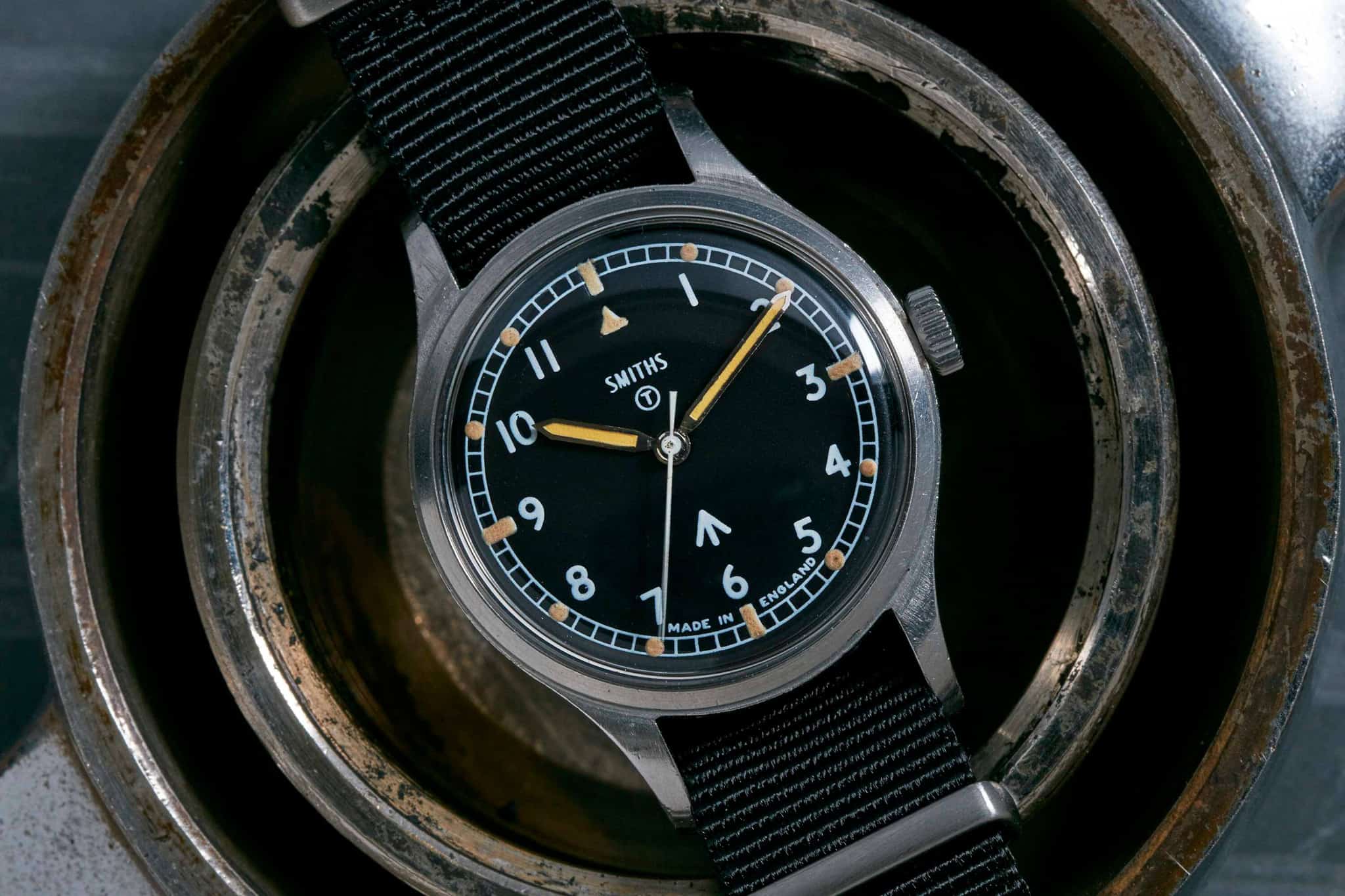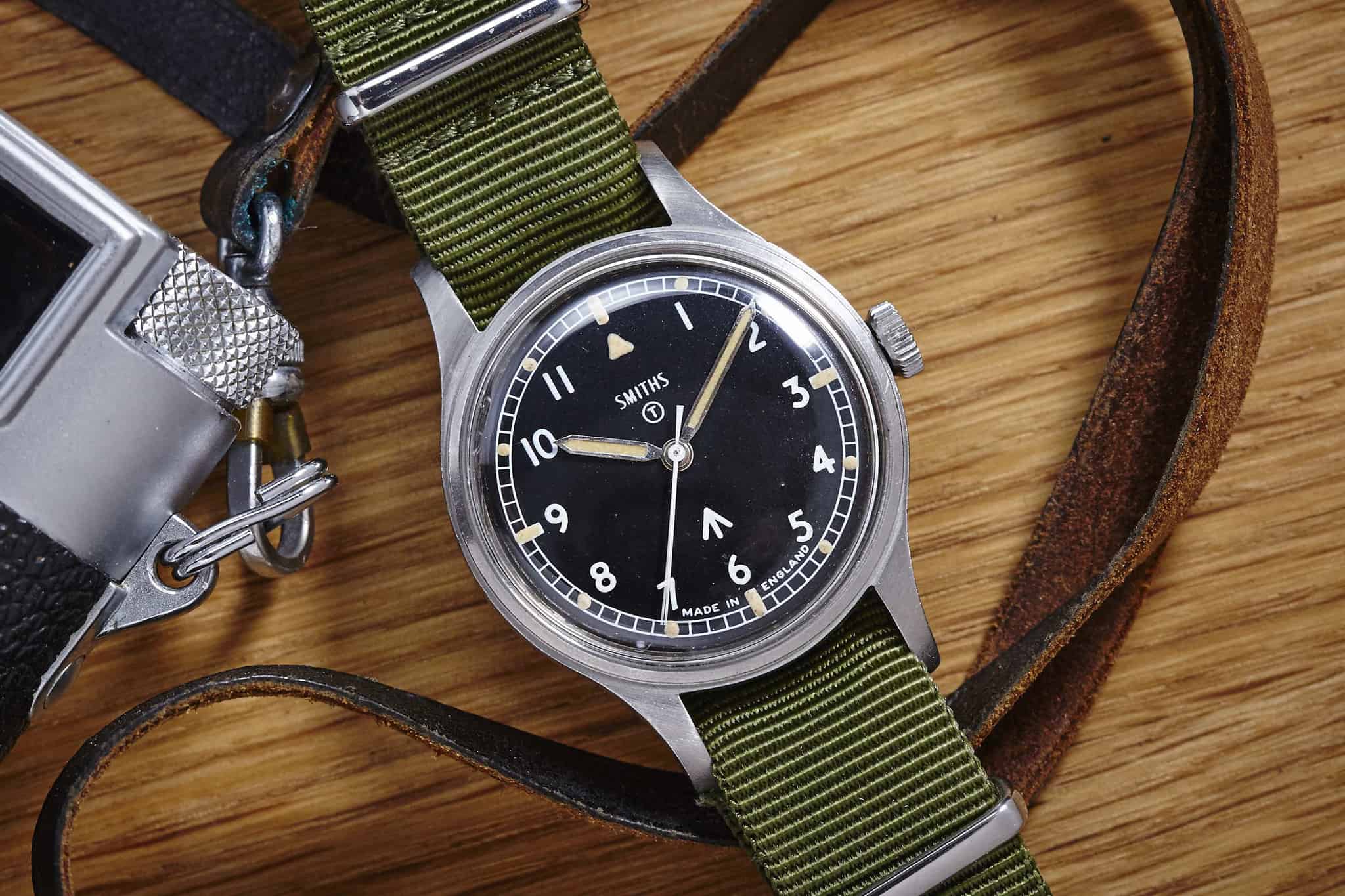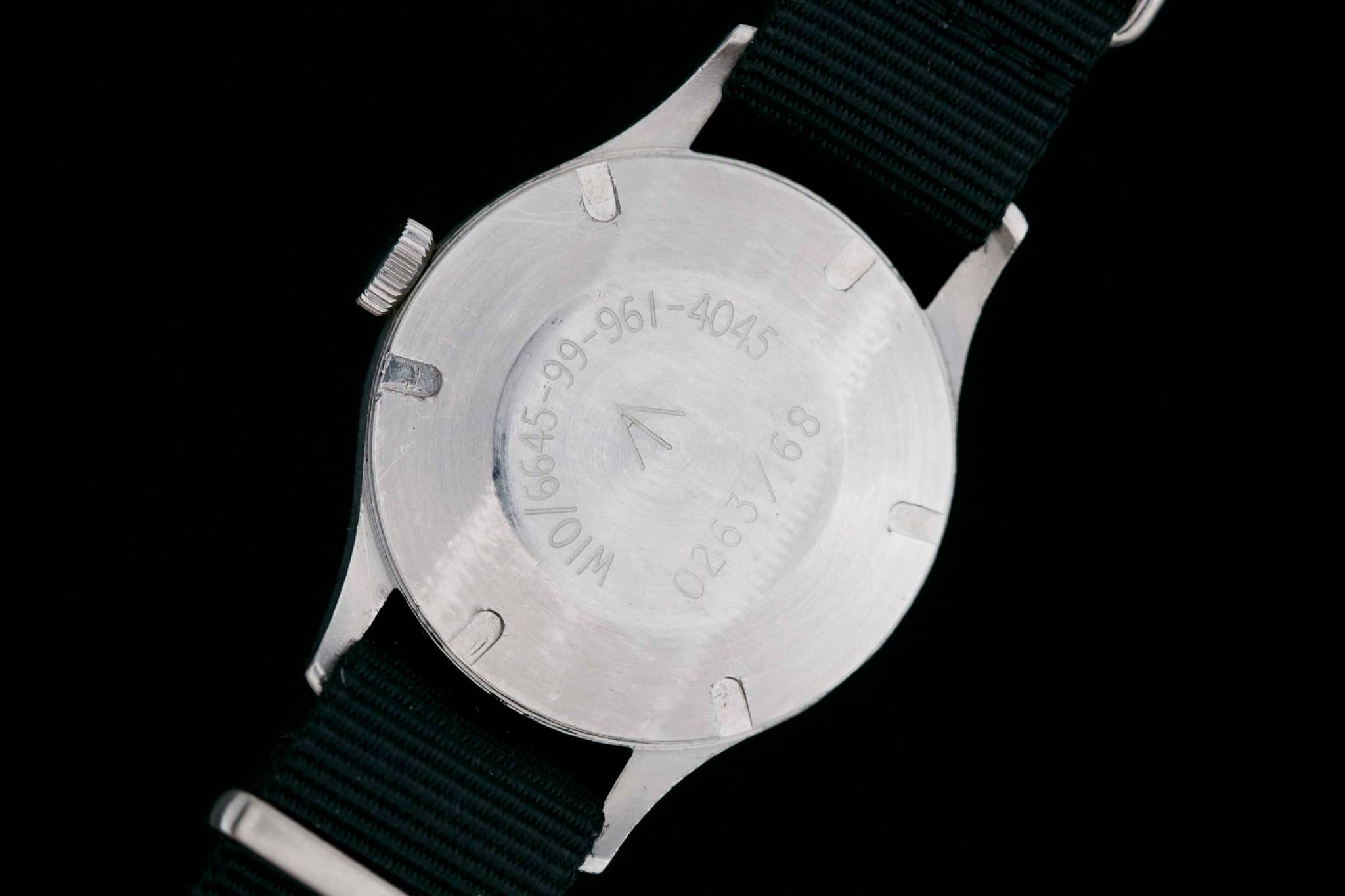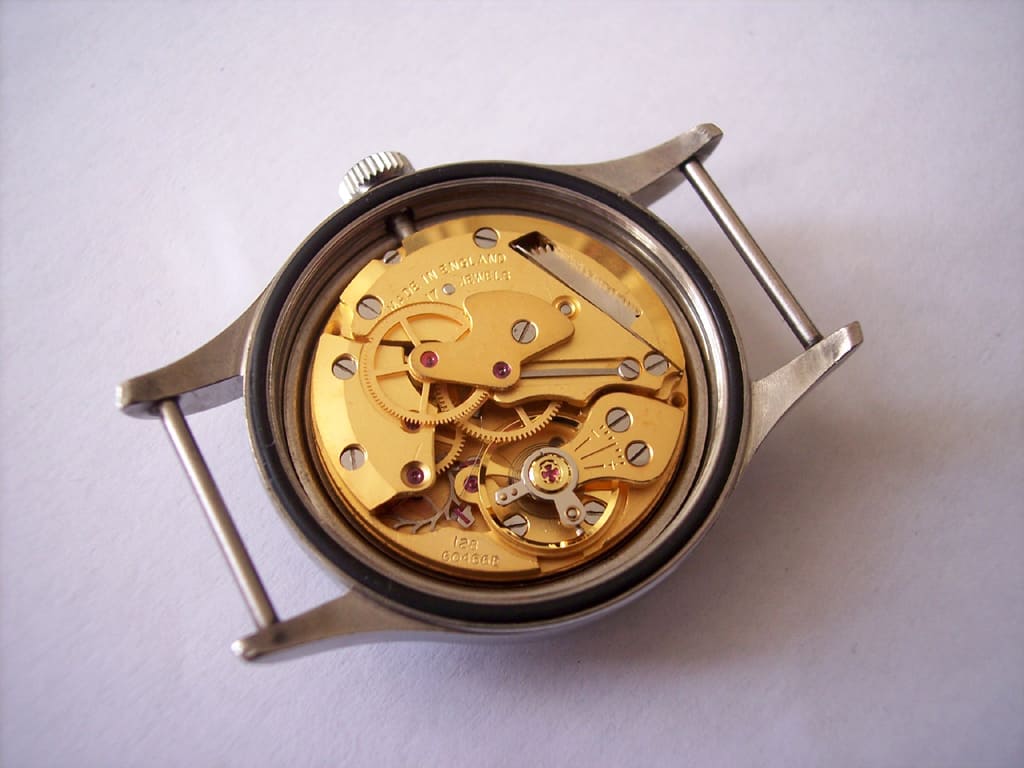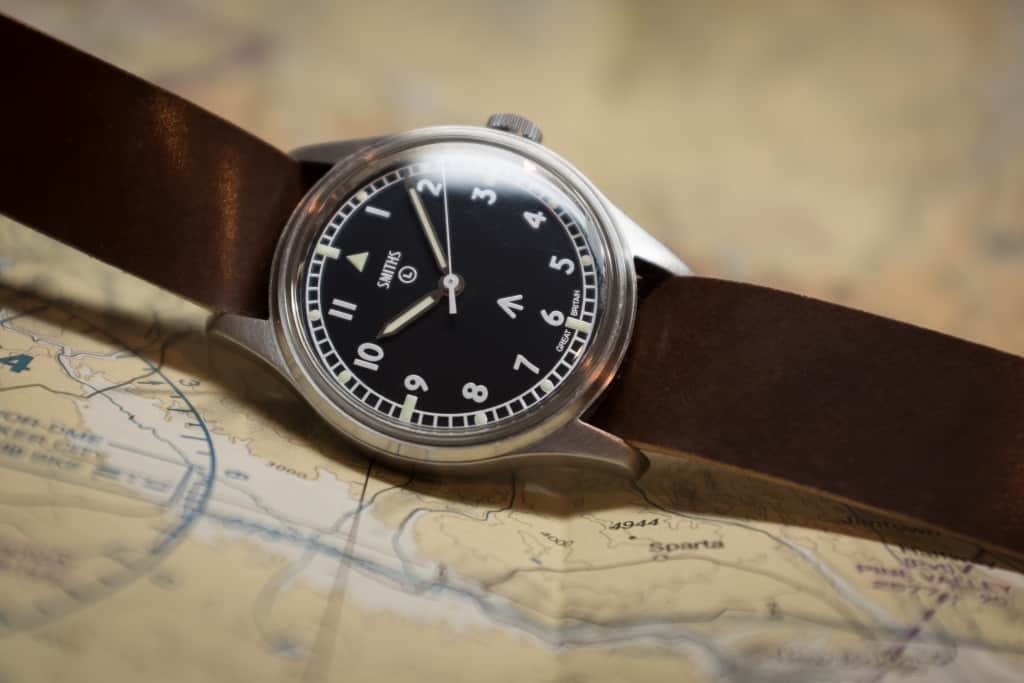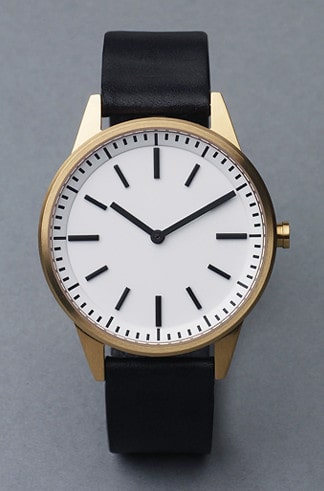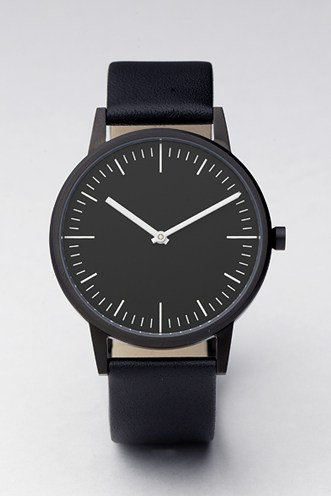Few would deny that some of the coolest watches in existence were those developed in cooperation with militaries around the world. These watches truly embodied the “tool watch”; they were purpose-built to survive some of the harshest situations imaginable, and were often critical to timing and coordinating missions and other military activities. These watches had to be robust, functional, and immediately legible—three factors that inherently led to some of the most beautiful and iconic watch designs of all time.
The world of military watch collecting is vast and it can be somewhat of a daunting endeavor, and in terms of value, prices can range from just a few hundred dollars on the low end to hundreds of thousands on the high. Over the past couples of years, these prices have steadily—and sometimes not so steadily—crept upwards, though there are still some great deals to be had if you’re willing to look past the hype. Today, we’re going to take a look at one of those deals, a watch that is grossly underrated and one that is a personal favorite—the Smiths W10.
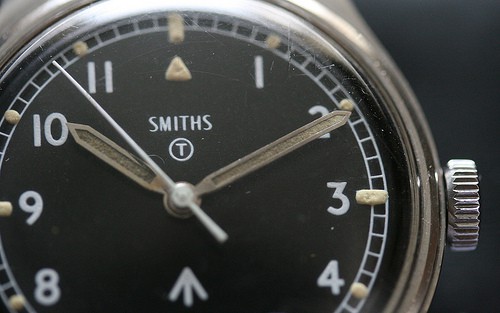









 Featured Videos
Featured Videos




